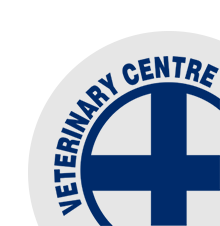Bovine Adenovirus in R1 Dairy Calves
/What is Bovine Adenovirus?
Bovine Adenovirus (BAdV) is a viral disease that is mainly seen in 6-12 month old calves.
Outbreaks are typically seen during autumn, winter and spring months.
It is primarily an acute gastro-intestinal disease, but calves may also have respiratory signs.
BAdV was noted as a disease of increasing occurrence in R1’s during 2014/15. The practice sees 3-4 cases/year.
How do we know?
Outbreaks tend to be short in duration and although a large number of calves within a mob can be affected mortality rates tend to be low (ie. maybe 1-2 deaths in a group of 160).
A presumptive diagnosis can often be made based on the history.
A post mortem is important to confirm specific gastro-intestinal changes from samples sent to the lab.
Case Study - March 2020
Grazier found two calves from a mob of 160, acutely dead within a day of each other.
Noted the day before that a couple appeared to be a little bit dull/depressed.
Differential Diagnoses for Enteric Disease & Sudden Death in Calves
Yersinia, Salmonella, mucosal disease, GI parasites, toxicity, clostridial deaths, nitrate poisoning.
History
Calves had received two doses of a 10-in-1 vaccine.
Drenching was up to date. No known access to any toxicities.
PM performed on one of the calves. Very fluidlike intestinal contents.
Samples sent to the lab - a diagnosis of BAdV was confirmed based on histopathology of the intestine. Viral inclusion bodies seen in the GI tract confirms the diagnosis.
No more deaths were seen in this mob, however about half of the remaining calves appeared a
little bit ‘dull’, ears flat, and slightly snotty nose/slightly gunky eyes. Calves were on liveweight
target however weight gains had fallen in affected calves to 200-300 grams/day. A week or so later
they were looking a lot better and had picked up again. Often the remainder of the mob appear to
remain relatively unscathed and in general good health.
One calf from this mob had been diagnosed with Yersinia infection 3 weeks prior to this outbreak
(lab confirmed diagnosis) and although it had been separated, it was possible that in this case
Yersinia infection may have played a role in disease development. Bovine Adenoviruses are
widespread in the environment and given the relatively low prevalence of disease it is likely
that host and environmental factors play a role in disease development. Cold weather conditions, feed shortages, recent transport, ill thrift, and concurrent parasitism all have the potential to cause stress and predispose to opportunistic infections.
An interesting disease that we have seen more of in the last few years, and certainly on the
differential list when you see ‘sudden death’ in calves.







